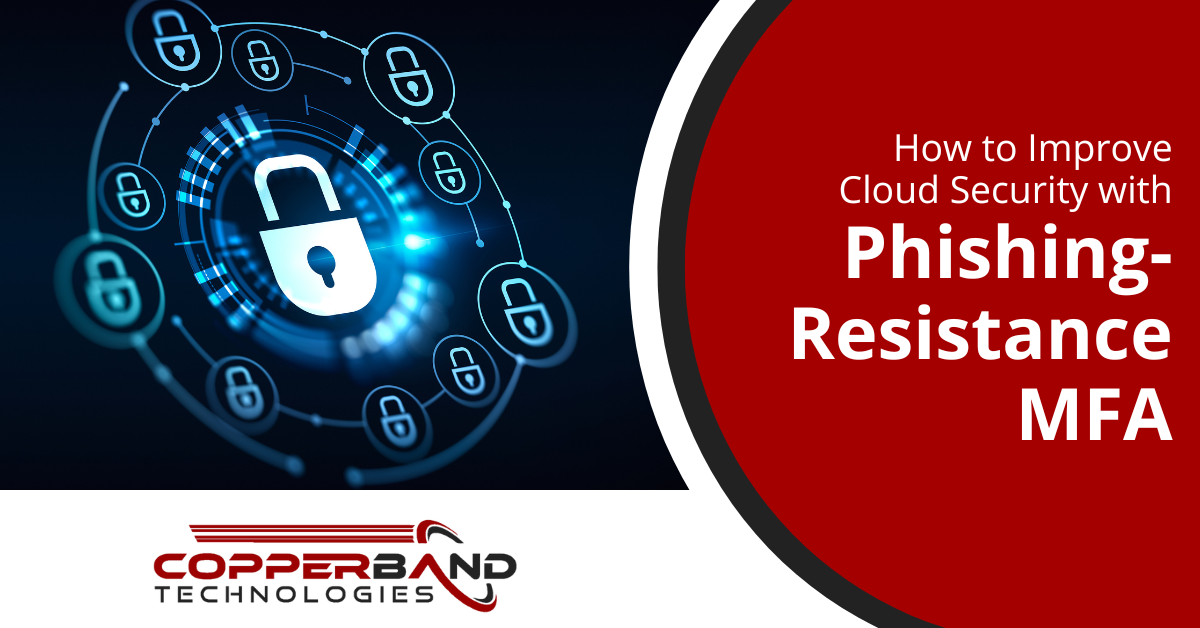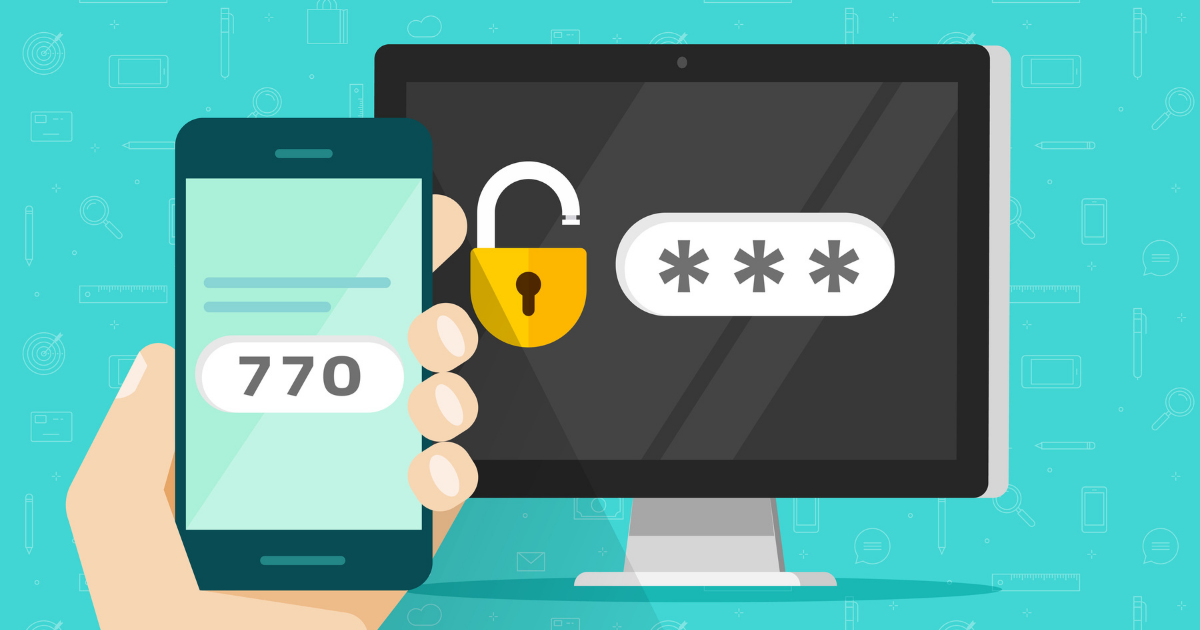How to Improve Cloud Security with Phishing-Resistance MFA

Since the increase in digitalization for most organizations and the transfer from the traditional on-site workspace to the remote workforce, cyber risks and threats have rapidly grown, exposing sensitive data and essential systems to this cyber mayhem. According to a report by GlobeNewswire, since the inception of the remote work system and because of the pandemic, cyber threats have increased by 238%. Therefore, adopting preventive security precautions, like the phishing-resistance MFA (multi-factor authentication) is imperative given cyberattacks’ growing magnitude and expense.
Generally, if a password or PIN (Personal Identification Number) is compromised due to phishing attacks and other cyber methods, MFA can make it more challenging for cybercriminals to access information systems and networks. This implies that with MFA activated, intruders will not have access to a user’s account if they can’t provide the second factor, even if the first factor, like a password/PIN, is compromised. In the end, this extra layer prevents some prevalent malicious cyber tactics, like password spraying. This article discusses threats to cloud security like phishing, which is amongst the most prevalent cyber risks, and how phishing-resistance MFA can help mitigate it. Continue reading to learn more.
How Can Businesses Use Phishing-Resistance MFA to Improve Their Cloud Security
The following are practical ways businesses can boost their cloud security using the phishing-resistance MFA:
Businesses should start using the token as an MFA procedure
Fast ID Online (FIDO) tokens are a practical solution to phishing attempts. These tokens are typically physical tokens (hardware), which means cybercriminals will have to steal them physically to use them. They are most commonly physical hardware tokens that a criminal would have to steal to use physically. They aren’t vulnerable to phishing threats! Here’s why: Let’s say a criminal has deceived a user into inputting their password into a malicious website. That way, the cybercriminal will trigger the users’ MFA system using the token.
Once the user switches on the token, it’ll connect to the malicious website. However, the good news is the user’s token, and browser will work together to block it; therefore, the token will not deliver the MFA authentication code to the intruder. The fact that the individual has been deceived is irrelevant because the token cannot be tricked and cannot be phished. That’s because the website has to verify its identity upon the token’s activation, and users can only use the hardware token for an official website in consecutive logins. In that regard, the browser, website, and token all work together to verify the legitimacy of the website and the user.
The PKI-based MFA
A less popular type of phishing-resistant multi-factor authentication is linked to an organization’s PKI. A well-known example of PKI-based multi-factor authentication is government organizations’ use of smart cards to authorize users to access their electronic devices. PKI-based MFA takes diverse forms. PKI-based MFA offers excellent security, which fits best for businesses. However, highly developed identity management processes are necessary for a successful PKI-based MFA implementation. Most PKI-based MFA implementations require a user’s details to be stored on a smart card’s security chip, and the card must be physically inserted into an electronic device to allow the user to access the system. PKI-based MFA examples include the PIV card (Personal Identity Verification) and CAC (Common Access Card), which the U.S. government issues.
How is the Phishing-Resistant MFA Better than the Traditional MFA
The phishing-resistant MFA beats the traditional MFA by eliminating the most advanced social engineering schemes and targeted phishing attempts. Phishing-Resistance MFA has several features that make it feasible to have 100% impenetrable phishing resistance. Some of them are:
The phishing-resistance MFA only Interacts with trusted parties
To get a response from the victim, phishing schemes frequently entail the hackers building a false website that appears just like the real thing or spamming the target with push notifications. Hackers attempt to mimic legitimate users through these types of threats. Phishing-Resistant MFA stops any impersonation attempts and only acknowledges legitimate authentication requests from reliable sources.
Phishing-resistance MFA builds a strong binding
This phishing-resistant MFA creates a solid binding between the parties. The binding is accomplished by adopting cryptographic registration, which may include involving identity verification. With phishing-resistance security keys, diverse users are given a key that is specifically designed for them.
Can The World Eliminate Passwords?
The quick response is both yes and no. All organizations worldwide will eventually implement Passwordless MFA. However, most Passwordless MFA providers do not see that happening anytime soon. Most corporate systems and apps continue to be password-centric for businesses in many sectors, including national infrastructures, finance, and healthcare industries. By 2024, not all of them can be completely reconfigured. However, to be practical, if businesses can entirely remove passwords from their user’s experience, they will achieve the goals of the Zero Trust approaches for achieving phishing resistance. All that is required is for IT to take over user password management.
System Upgrades Might Be Hard, but Copperband Technologies is Easy
By using the tools required to boost productivity, profitability, and connectivity, Copperband Technologies is dedicated to assisting small and medium-sized enterprises in achieving their IT needs. Contact us today to get started.






